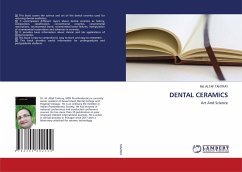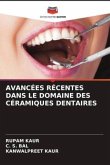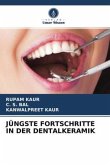Better esthetics of all Ceramic restorations compared with metal-ceramic systems and complexity of metal framework fabrication as well as concerns of biocompatibility of metallic alloys are prime factors that contributed to growth of all ceramic restorations. However there are concerns related to their low strength and toughness and associated catastrophic failure modes that lead to their failures. Over the years primary focus of dental ceramics developers and engineers has been to introduce new ceramic materials with adequate strength characteristics without compromising the esthetics. The various materials that have been introduced have different properties that specify their use in specific clinical situations.Conventional porcelains like feldspathic, aluminous core porcelian have very low flexural strength (below 150 Mpa) and therefore are indicated for onlays, three quarter crowns , veneers and complete coverage crowns in anterior segment only. Glass ceramics like Lithium disilicate reinforced ceramics were then introduced. They have moderate flexural strength (300 - 400Mpa) and can only be used in posterior segment for single crowns.
Bitte wählen Sie Ihr Anliegen aus.
Rechnungen
Retourenschein anfordern
Bestellstatus
Storno








